The Shepherd’s Rod, Vol. 3 | Tracts 1-15
-

Tract 1 | Pre-"Eleventh Hour" Extra
The call of Ezekiel to the prophetic office is one of the most interesting experiences of the ancient seers, and the revelation of what he saw by the river Chebar is perhaps of greater importance to heaven and earth at this time than is any other vision on sacred record, because in a remarkable way it reveals That Which unites Heaven with Earth, even as the Dardanelles links two important seas. Thus, this study of Ezekiel’s vision, which brings to light earth’s being visited by the Majesty of the Universe, may be aptly termed, “The Dardanelles of the Bible.”
-

Tract 2 | The Great Paradox of the Ages
“And I turned, and lifted up mine eyes, and looked, and, behold, there came four chariots out from between two mountains; and the mountains were mountains of brass. In the first chariot were red horses; and in the second chariot black horses; and in the third chariot white horses; and in the fourth chariot grisled and bay horses. …” Zech. 6:1-8.
These verses contain one of the most remarkable and important pictorial prophecies recorded in Sacred Writ, and their true interpretation brings a soul-gripping revelation of momentous church history.
-

Tract 4 | The Latest News for "Mother"
So we see that Chapter One of Hosea’s vision foretells God’s rejecting the Jews, which we know He did after they rejected His Son. At that time was fulfilled the sad pronouncement: “Ye are not My people, and I will not be your God.” Yet in the very next breath, as it were, the Jews are called “the children of the living God.” This paradox is cleared in Chapter Two, as it is in Romans 9: the Jews who did not reject Christ, but who became Christians, are the ones called “the children of the living God.” Clearly, then, in the simultaneous fulfilment of these contrasting decrees were the death throes of the Jewish nation and the birth pangs of the Christian church.
Share this:
